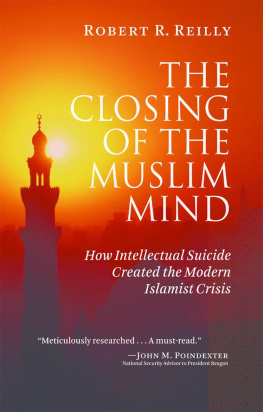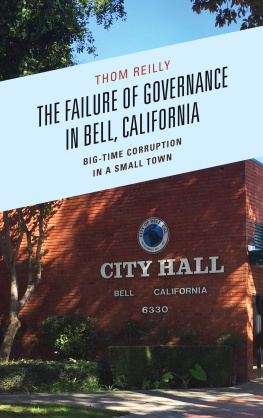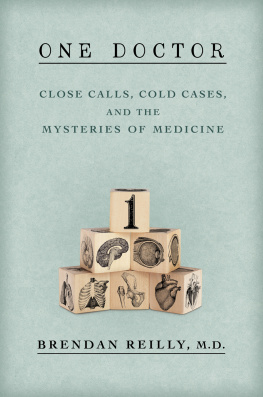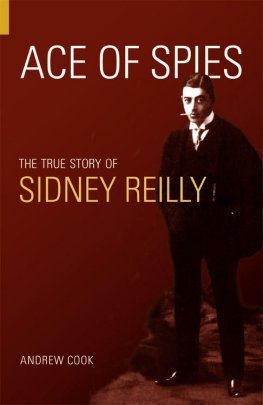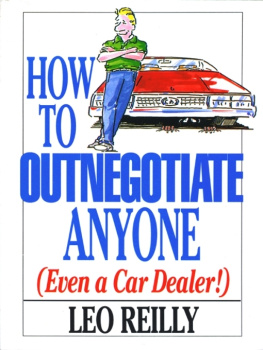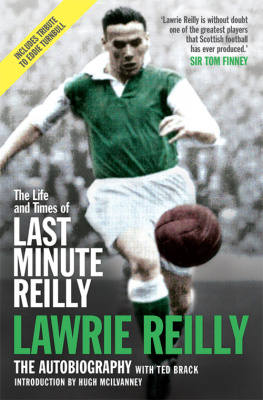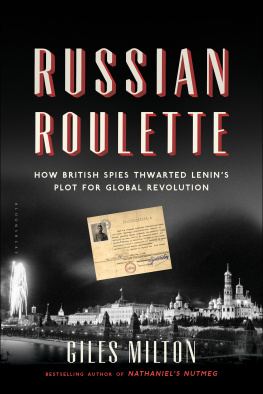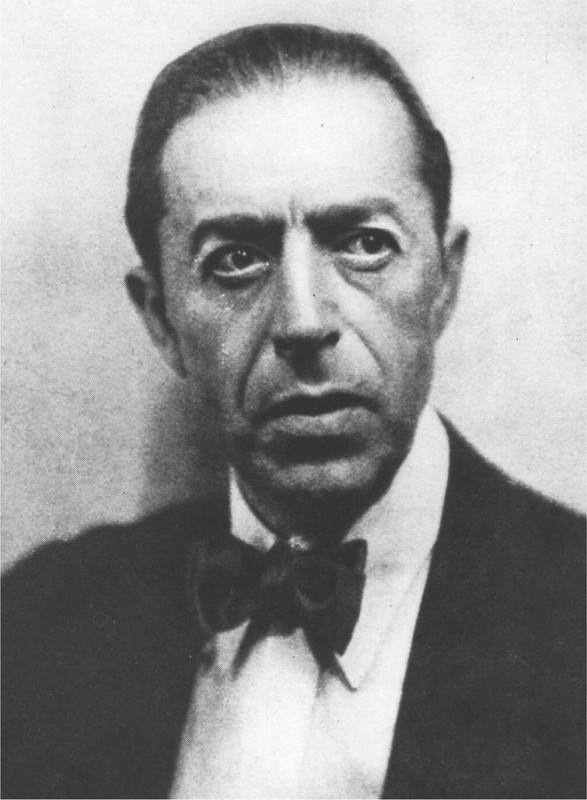T HE MEMOIRS OF Sidney Reilly, the so-called Ace of Spies, make for intriguing reading. The first half is Reillys own account of his operations in Bolshevik Russia on behalf of MI1c, the organisation now known as the secret intelligence service (SIS), or more colloquially, MI6. The second half is an account of the fallout from his final fatal mission to Russia by Pepita Bobadilla, an actress who married Reilly in 1923. The marriage was bigamous, although she was unaware of this until some years after Reillys death.
Reillys reputation as a British spy was badly tarnished by historians dismissive of some of the stories written about him. But his account here of British espionage operations in Petrograd and Moscow during 1918 match up to that given in an official dispatch to the Foreign Office by George Hill, who operated alongside him (see Appendix One). This led to suggestions when the book was first published that Hill, rather than Reilly, was the author, but it includes details that Hill clearly did not know and could not have known and which we now know to be true. According to Pepita, the story is told from Reillys own accounts of his operations. Certainly, Hill, the author of another Dialogue Espionage Classic, Go Spy the Land, was involved in the compilation of the book, but that is unsurprising given Reilly himself was dead, Hill was better informed about Reillys exploits than anyone else, and the publishers had employed a journalist to ghost Pepitas account.
Pepitas description of Reilly as the ideal husband might stretch credulity but she gives a very credible account of her own experiences following Reillys disappearance. These are all the more convincing given the involvement of the mysterious Commander E., Ernest Boyce, the MI1c Head of Station in Helsingfors (Helsinki), and his supposed contact with the Trust, Bunakoff (actually Nikolai Bunakov, Boyces chief agent runner and a long-standing British secret service officer). Their attempts to persuade Pepita to hand back documents that showed their involvement in Reillys final mission are entirely credible given the insistence of SIS chiefs that the disastrous mission was nothing to do with them.
It is easy to understand the cynics views of this book. Getting to the truth is difficult with Reilly. His activities in government service, in business, and in love have been exaggerated over the years, but there is no doubt that he led an extremely colourful life and believed very strongly, arguably too strongly for an intelligence officer, in the anti-Bolshevik cause. A former SIS officer who looked after the services archives once told me:
Hes been written off by historians by and large. But he has been greatly underrated. He was very, very good a very able agent and a far more serious operator than the impression given by the myth. Historians do have this tendency to write off something that has been made to appear glamorous. He was unusual but I dont think he was glamorous. He was a bit of a crook, you could almost say, certainly sharp practice. But as an agent he was superb.
Michael Smith
Editor of Dialogue Espionage Classics
July 2014
MRS REILLY
I T IS ONLY after long and careful consideration that I have decided to publish the truth about my husbands journey to Russia, and his subsequent capture by the Bolsheviks. What his fate was no one knows. The Bolsheviks have maintained the closest secrecy on the subject, and though, indeed, his name was included in a list of executions published about a year after his capture, and though strong reasons have also been given for supposing that he was actually killed by the secret agents of the Tcheka at Allekul when he first crossed the frontier, I am in receipt of information of a considerably later date, of which the purport is that he is still alive in Russia.
Was Sidney killed at Allekul? Was he actually executed a year afterwards in Moscow? Why was it that the Bolsheviks did not broadcast their triumph to the whole world that they had caught the famous Sidney Reilly, their implacable enemy, who almost overthrew them in 1918, whose work against them the whole world knew, who in 1925 prevented them from raising much needed loans in America? Is he still languishing in a Russian prison without trial or conviction? For my part I sincerely believe that he is still alive.
How the Tcheka shrouds its activities in the most complete obscurity sufficiently appears in the ensuing narrative, where is set forth how it has lured the chief enemies of Bolshevism one by one back to Russia. There were three people whom the Bolsheviks feared beyond all others: Savinkoff, Sidney Reilly and General Koutepoff. Sidney admired both Koutepoff and Savinkoff exceedingly and, more particularly, the latter, and in this book will be read how they were lured back to their doom by a force which worked with ghastly and occult frightfulness. Whether my husband was the victim of a plot, and walked into a trap which had been set for him, the reader must judge for himself. All I can say is that after his disappearance, first Marie Schultz and then her husband, both associates of Sidney in the anti-Bolshevik cause, gave their lives in an effort to discover his fate. And both of them undoubtedly were the victims of the Bolshevik provocation agents, who tempted them over the border into that unhappy land where the Tcheka maintains its rule of terror. Nay, I myself received an invitation to go to Moscow to see my husband, and a facsimile of the letter, signed by the notorious Bolshevik agent provocateur, Opperput, is included in this volume. All these matters, however, are dealt with in detail in the latter part of this work.
My husband left behind him a great mass of papers connected with his exploits as an agent of the British secret service, which are now in my hands. Among them is his complete personal narrative of his part in the so-called Lockhart conspiracy, which forms the first part of this work. Here and there the actors in the story are designated by initials only. The identity of some of them is unknown to me, while of others it has seemed to me to be wisest to preserve the anonymity. Where, however, I have known the names of the persons thus disguised and have been convinced that the publicity could not be fraught with any disagreeable consequences to themselves, I have permitted their several identities to be revealed. Then again considerations of public policy have compelled me to suppress certain facts in Sidneys history. But with these reservations what follows is a complete circumstantial and fully documented account of my husbands career as an agent of the British secret service a story which reads like the wildest dreams of the writers of mystery fiction come true.
Who was Sidney Reilly? Already he is becoming a myth and a legend. All sorts of amazing and fantastic adventures in Germany and Russia have been attributed to him. Everything which passed behind the scenes of the whirl of European war politics has been ascribed by somebody or other to the mysterious Sidney Reilly. Everybody who knows anything of secret service operations has heard of him as of a mysterious and potent figure, a man of infinite courage and resource in an amazing variety of disguises. He had become a legend in his own lifetime. A great deal that has been published about him is untrue; though, to be sure, his adventures surpass any fiction. The section devoted to him in Winfried Ludeckes standard work Behind the Scenes of Espionage abounds in inaccuracies. The work of Saugann, widely read in France but forbidden in England, which affects to be an exposure of British secret service methods, is false from start to finish. In typical French style the author represents Sidney as an undergraduate of the University of Oxford, who joined the secret service as the consequence of an unhappy love affair. This, in common with the rest of the account, is pure nonsense.



